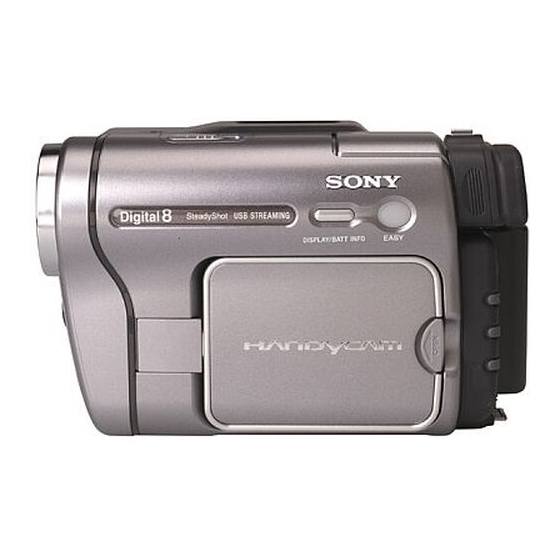
Sony Handycam CCD-TRV238E Operation Manual
Sony video camera recorder/digital video camera recorder operations guide
Hide thumbs
Also See for Handycam CCD-TRV238E:
- Operating manual (128 pages) ,
- Service manual (197 pages) ,
- Manual (49 pages)















Need help?
Do you have a question about the Handycam CCD-TRV238E and is the answer not in the manual?
Questions and answers